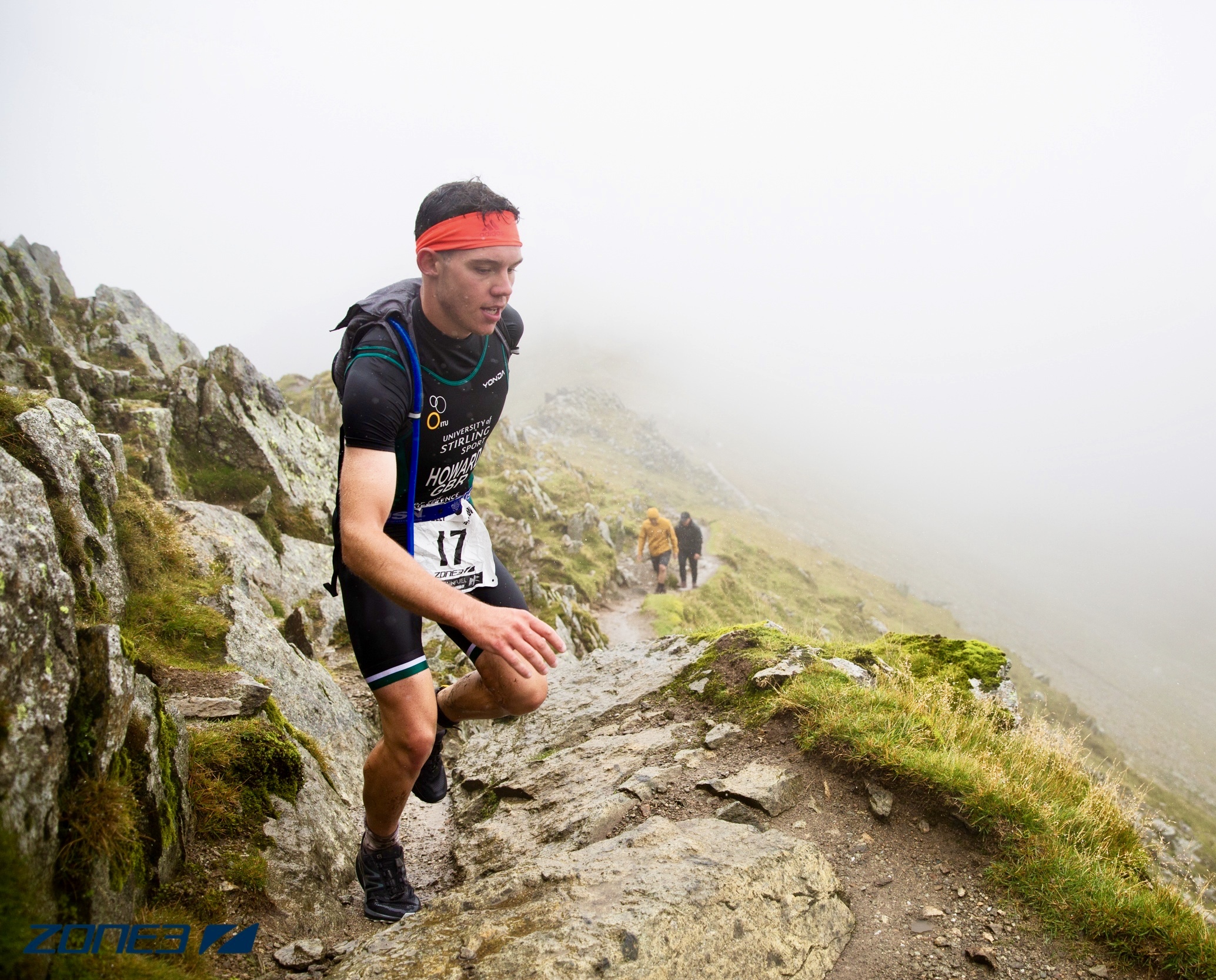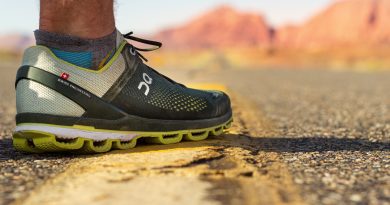Training Tips: Open Water Swimming For Beginner Triathletes
One of the most worrying things ‘newbie’ triathletes have to overcome is the fear of swimming in open water. They finally feel that they have mastered their stoke in the clear blue and still swimming pool and then when they hit the choppy open water it is a completely different ball game. Here are the key points you should look at when going into a race:
The Start – There are 3 types of start to the triathlon. The beach start, the pontoon start and the flouting start, the latter being the most common. Positioning is key to this part and you should aim to get out fast before you get into your rhythm, this way you will gain clear water and avoid the ‘washing machine’ that goes on behind you. Alternatively, if you already know that the swim is not one of your strong points, it is best to keep a slight gap between yourself and the front end, so that you have space to then go at your own pace. Finally, another key point is to stay composed and keep control of your breathing before the start gun goes off, so that you don’t hyperventilate and waste important much needed energy.
Sighting and Navigation – Sighting and navigation can make the difference between whether you swim the actual race distance or potentially up to 100m more. In a swimming pool you are kept in a straight line by the black line at the bottom of the pool and the lane ropes either side of you. You will most likely be swimming in the sea or a lake where you cannot see more that 2 meters deep in the water and the rest of your surroundings are just other swimmers. It is important that you do not panic in this situation. There are a number of things you can do before the race even begins: What way is the current flowing, where are the turning buoys, objects to look at outside of the water to use as markers. DO NOT follow other people, the likely hood is they do not know where they are going and are just following too, which could just lead to you going in the wrong direction. Working on putting sighting in your stroke will allow you to be able to check where you are going by checking and looking up around every three stokes or so when it comes to the race.
Keeping your Rhythm – The key is to stick to your rhythm. You will have put in the training and will now what the pace you can hold is, so it is important to stick to it. Yes, the first 100-200m is going to be fast as people find there position but after this you will find your stoke, remembering your breathing pattern and continue to keep in mind to hold a relaxed stoke. By doing this the swim will be over before you know it.
Turning at the Buoy – Turning at the buoys is a place that can get very congested in a triathlon and leave a lot of people in a state of panic. If possible aim to be one of the first there to be able to flow round it without anyone getting in your way. If this is not possible, take a slightly wider line going into the turn leaving yourself some room to keep your stroke rhythm and away from the cluster of people.
Exiting the Water – As you come towards the end of your swim, aim to put in a last ditch effort over the last 100m. This way you will get the blood flowing round the body better and down to the legs as you prepare to jump out of the water and hop onto your bike.
Article written by Luke Howard





